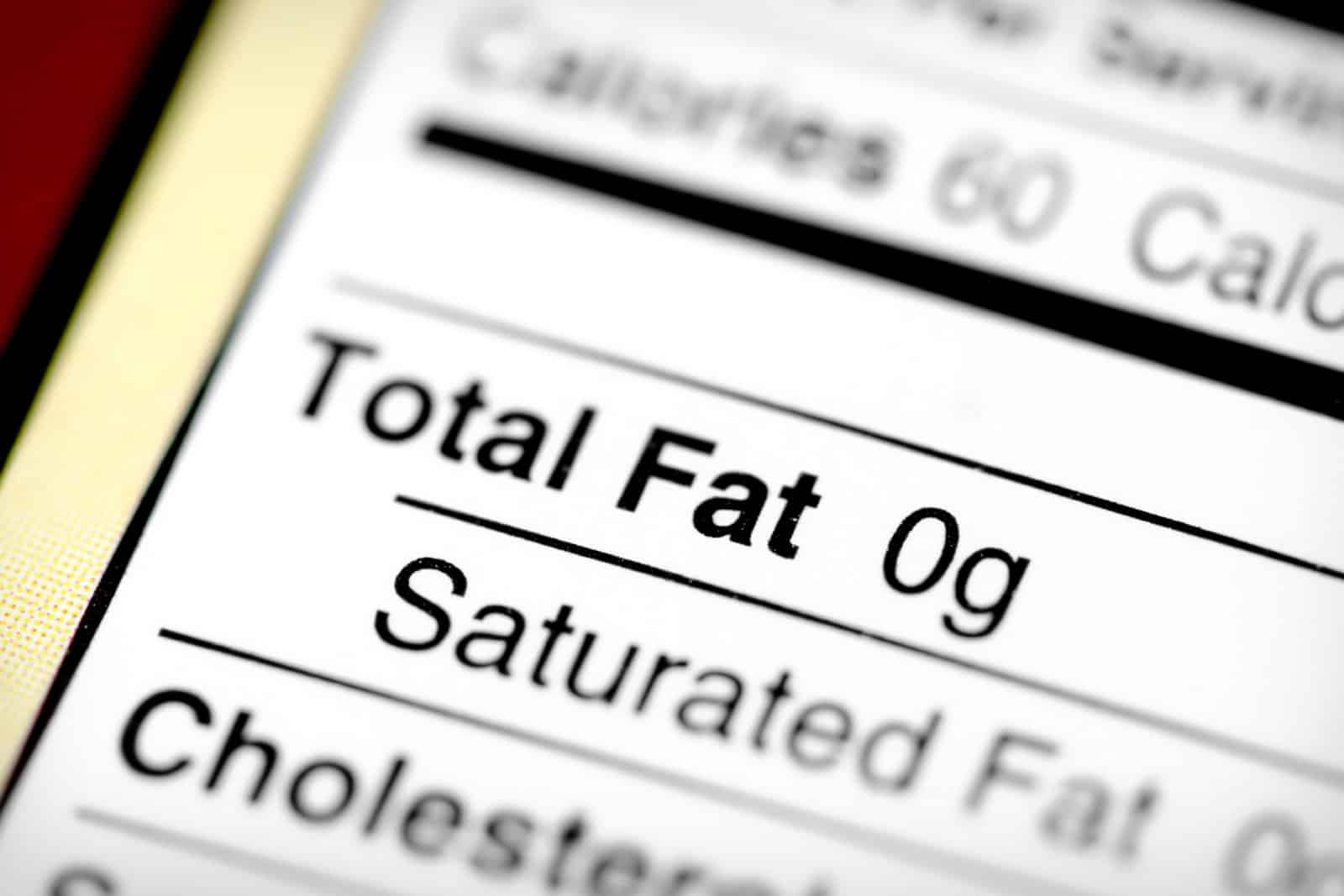Are you wondering why it seems like America is getting bigger every year? You’re not alone. As our waistlines expand, it’s crucial to ask ourselves what’s really driving this trend and how we can turn it around.
1. Bigger Portions

The average American consumed nearly 20% more calories in 2000 than in 1983. This increase is partly due to a rise in meat consumption from 138 lbs in the 1950s to 195 lbs per year. Added fats and grain consumption have also surged, with fats up by two-thirds and grains up by 45% since 1970. In contrast, countries like Japan maintain lower calorie intakes with healthier portion sizes, contributing to their lower obesity rates.
2. Fast Food Addiction

Fast food sales are directly correlated with a rise in body mass index, according to the World Health Organization. Americans get about 11% of their diet from fast food, notorious for its high-calorie content. Compare this to Italy, where fast food makes up less than 5% of the diet, and you’ll see why American obesity rates are soaring.
3. Misleading “Diet” Foods

The U.S. diet industry is massive but often counterproductive. Low-fat products often substitute fats with sugar, leading to increased calorie intake and weight gain. These misleading products disrupt metabolism and contribute to obesity. Unlike in France, where whole foods and balanced meals are prioritized, Americans are misled by “diet” labels.
4. Sedentary Jobs

Only 20% of today’s jobs require moderate physical activity compared to 50% in 1960. Americans now burn 120-140 fewer calories daily than they did 50 years ago. This decline in physical activity at work is a significant factor in rising obesity rates. In contrast, countries like Sweden promote active workplaces, with standing desks and mandatory breaks for exercise.
5. Car Culture

Americans walk less than people in any other industrialized country. The preference for cars over walking reduces daily physical activity. This lack of movement contributes to the overall inactivity epidemic. Compare this to the Netherlands, where biking is a primary mode of transportation, significantly impacting their lower obesity rates.
6. Screen Time

Increased screen time for both work and leisure keeps Americans sedentary. The average American spends around 10 hours a day on screens, reducing time for physical activity. This shift from active to sedentary leisure activities plays a major role in obesity. Japanese children, for example, have more regulated screen time and participate in more outdoor activities.
7. Poor Sleep Patterns

Lack of sleep disrupts hormones that regulate hunger and appetite. Poor sleep increases cravings for high-calorie foods and decreases willpower to resist them. This leads to a vicious cycle of weight gain. Countries like Finland, which prioritize sleep hygiene and work-life balance, show lower obesity rates.
8. Stress and Mental Health

High-stress levels are linked to increased cortisol production, which promotes fat storage. Stress also triggers emotional eating, leading to excessive calorie consumption. Mental health issues can exacerbate unhealthy eating habits. In Denmark, known for its work-life balance and lower stress levels, obesity rates are considerably lower.
9. Increased Sugar Intake

Americans consume high quantities of added sugars, especially from sodas and energy drinks. These sugars add empty calories and contribute to weight gain. The rise in sugary drink consumption has a direct impact on obesity rates. Countries like Norway have implemented sugar taxes, reducing their overall sugar consumption and obesity rates.
10. Processed Food Consumption

The consumption of processed foods has skyrocketed. These foods are often high in unhealthy fats, sugars, and sodium. Regular intake of processed foods is a significant factor in the obesity epidemic. In contrast, countries like Greece adhere to a Mediterranean diet, rich in whole foods and low in processed items, which helps keep their obesity rates lower.
11. Marketing of Unhealthy Foods

Aggressive marketing targets consumers with unhealthy food choices. Advertisements for fast food, sugary snacks, and beverages are everywhere. This marketing influences dietary habits, especially among children and teenagers. Compare this to South Korea, where strict regulations on food advertising to children help maintain healthier diets.
12. Reduced Physical Education

Schools have cut back on physical education programs. Kids are getting less exercise during school hours. This reduction in physical activity contributes to childhood obesity. Finland, on the other hand, emphasizes daily physical education, resulting in lower childhood obesity rates.
13. Urban Design

Many American cities are designed for cars, not pedestrians. The lack of safe walking and biking paths discourages physical activity. Urban planning plays a crucial role in the obesity crisis. In contrast, cities like Copenhagen are designed with extensive biking and walking paths, promoting an active lifestyle.
14. Food Deserts

Many Americans live in areas with limited access to healthy foods. These “food deserts” lead to reliance on fast food and convenience store options. Lack of fresh produce and healthy choices contributes to poor diets and obesity. Countries like Germany have policies ensuring access to fresh produce for all residents, helping to maintain lower obesity rates.
15. High-Calorie Convenience Foods

Busy lifestyles lead to reliance on convenience foods. These foods are often calorie-dense and nutrient-poor. Frequent consumption of convenience foods leads to weight gain. In contrast, countries like Spain emphasize home-cooked meals and family dining, contributing to healthier eating habits.
16. Lack of Nutritional Education

Many Americans lack basic nutritional education. Misunderstanding of what constitutes a healthy diet leads to poor food choices. Better education on nutrition could help combat obesity. Countries like Japan incorporate nutrition education into their school curriculums, helping to instill healthy eating habits from a young age.
17. Increased Alcohol Consumption

Alcohol is high in calories and often consumed in large quantities. Increased alcohol intake adds to daily calorie consumption. This contributes to weight gain and obesity. In countries like Italy, alcohol consumption is more moderate and often accompanies meals, reducing its impact on overall calorie intake.
18. Breastfeeding Rates

Lower rates of breastfeeding are linked to higher obesity rates in children. Breastfeeding helps regulate babies’ metabolisms and reduces obesity risk. Promoting breastfeeding could help combat childhood obesity. Sweden has high breastfeeding rates and correspondingly lower childhood obesity rates.
19. In Utero Effects

Maternal smoking and excessive weight gain during pregnancy increase obesity risk in children. These in-utero effects have long-term impacts on a child’s weight. Addressing maternal health is crucial for preventing obesity. Countries like Canada provide comprehensive prenatal care, reducing these risks and their impact on obesity.
20. Rise of Ozempic

The use of weight-loss drugs like Ozempic is creating a divide between the overweight and the thin. While some benefit from these medications, others continue to struggle with weight. This disparity highlights the complex nature of the obesity crisis. Other countries emphasize holistic approaches to weight management, reducing reliance on medication alone.
The Weighty Conclusion

America’s obesity problem is multifaceted and alarming. With so many factors contributing to weight gain, what steps can we take to reverse this trend? It’s clear that addressing obesity requires a comprehensive approach.
21 Beliefs About the Bible That Are Actually False

The Bible is one of the most discussed and debated books in history, yet many common beliefs about it are more myth than fact. How many of these misconceptions have you heard before? 21 Beliefs About the Bible That Are Actually False
21 Subtle Racisms That Are Commonplace in America

Racism in America isn’t always overt; it often hides in plain sight through subtle actions and attitudes. How many of these subtle racisms have you noticed around you? 21 Subtle Racisms That Are Commonplace in America
Only Legal in America: 21 Things You CAN’T Do in the Rest of the World

The U.S. dances to its own beat, especially when it comes to laws that make the rest of the world do a double-take. Here’s a lineup of things that scream “Only in America,” sticking strictly to what’s written in the law books. Ready for a tour through the American legal landscape that’ll leave you wondering if freedom might just be a bit too free? Only Legal in America: 21 Things You CAN’T Do in the Rest of the World
Featured Image Credit: Shutterstock / Motortion Films.
For transparency, this content was partly developed with AI assistance and carefully curated by an experienced editor to be informative and ensure accuracy.

